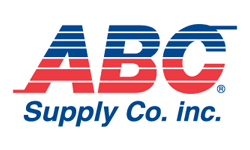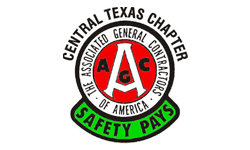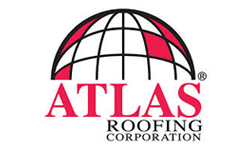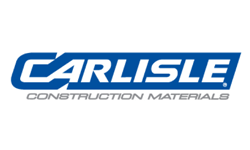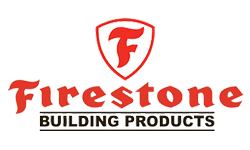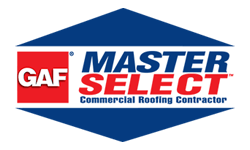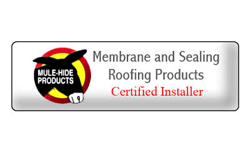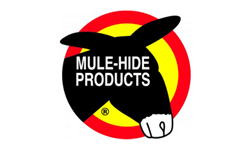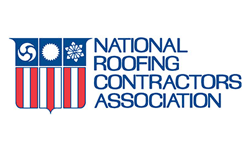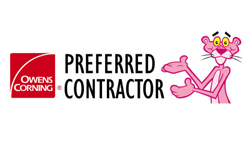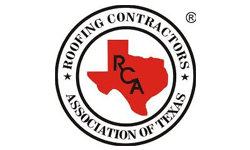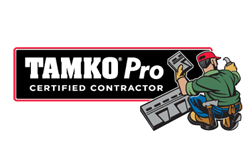Does Your Roof Have the Right Slope for Shingles? What Homeowners Should Know
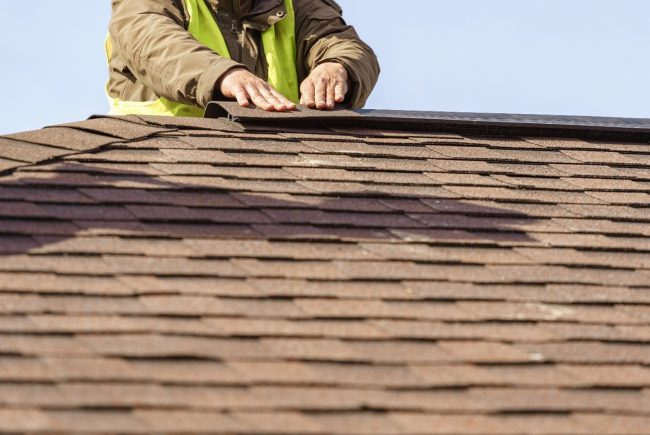
A roof is more than just a protective layer; it plays a crucial role in your home’s overall construction, functionality, and lifespan. The slope of your roof, in particular, is a vital element that can impact everything from water drainage to the kind of materials used. Whether you’re considering new shingles or need to replace your roof, understanding the importance of roof slope can help ensure you make informed decisions.
In this post, we’ll discuss what homeowners need to know before hiring a roofing contractor, how roof slope affects shingle installation, and how to choose the best roofing materials for your needs.
What is Roof Slope?
Roof slope, often referred to as pitch, is a measure of how steep your roof is. It’s commonly expressed as a ratio of vertical rise to horizontal run (e.g., 4:12, 6:12). For every 12 inches of horizontal distance, the first number in the ratio indicates the vertical rise. For example, a 6:12 slope means the roof rises 6 inches for every 12 inches of horizontal run.
While asphalt shingles are a popular roofing material, not every roof slope is suitable for them. A roof with too shallow of a slope might cause water pooling, leaks, and potential structural damage. On the other hand, a roof with an excessively steep slope can be difficult to install and may experience wind resistance. Therefore, understanding the proper roof pitch is key when deciding to install shingles.
The Ideal Roof Slope for Shingles
Roof slope plays a direct role in determining which roofing materials are best suited for your home. Asphalt shingles work well within a specific range of slopes. Here’s an overview of how roof slope impacts shingle installation:
Low-Slope Roofs (2:12 to 4:12)
Shingles can be installed on low-slope roofs, but extra precautions must be taken. With lower slopes, water drains more slowly, which increases the risk of leaks and water damage. To protect against this, roofing professionals will use an ice and water shield or waterproof underlayment beneath the shingles. This layer provides an extra level of protection to prevent moisture from seeping in and causing long-term damage.
Moderate to Steep Slopes (4:12 to 12:12)
Most residential roofs fall within this range, and asphalt shingles are ideal for slopes between 4:12 and 12:12. In this range, water drainage is efficient, which minimizes the risk of water pooling, leaks, or stagnant water. Additionally, shingles installed on roofs within this range tend to perform well over time, maintaining their durability and structural integrity.
Very Steep Slopes (Above 12:12)
Shingles can still be used on very steep roofs, but installation becomes trickier. Steep slopes are more susceptible to wind uplift, so roofers may need to use extra fasteners to secure the shingles properly. Installation on steep roofs also requires additional safety precautions due to the challenging working conditions. If your roof’s slope exceeds this range, you might want to explore alternative roofing materials such as metal panels or membrane roofing systems, which are better suited for extremely steep pitches.
Risks of Improper Roof Slope
Installing shingles on a roof with an incorrect slope can lead to a variety of issues that could jeopardize your home’s safety and the longevity of your roof. Some of these problems include:
Water Pooling and Leaks
A roof with an improper slope may not allow water to drain effectively, leading to water pooling on the surface. Over time, this can cause leaks, mold growth, and water damage to the interior of your home, as well as the roof deck.
Premature Shingle Deterioration
Shingles rely on gravity to shed water effectively. If installed on a flat or low-slope roof, water can accumulate beneath the shingles, accelerating their deterioration. On the flip side, excessive wind uplift can cause shingles to loosen or break on steeper roofs, reducing their lifespan.
Structural Damage
An improperly sloped roof can result in poor drainage, allowing moisture to seep in and damage the roof deck, insulation, and other structural components. This can lead to expensive repairs, and in some cases, significant internal damage to your home.
Voided Warranties
Most roofing manufacturers provide specific guidelines regarding the optimal slope for shingle installation. If shingles are installed on a roof with an inappropriate slope, the manufacturer’s warranty may be voided. This leaves you financially responsible for any future repairs or replacement needs.
To avoid these issues, it’s crucial to have a roofing contractor assess your roof’s slope and recommend the best roofing solution for long-term durability.
How to Measure Your Roof Slope
If you’re unsure of your roof’s slope, you can measure it yourself or hire a roofing contractor to do so. Here’s how to measure the slope:
- Gather Your Tools: You’ll need a measuring tape and a level.
- Position the Level: Place the level horizontally on the roof.
- Measure the Rise: At the 12-inch mark, measure the vertical rise from the level’s end to the roof surface.
- Calculate the Ratio: The vertical rise gives you the slope ratio. For example, if the rise is 6 inches, the slope is 6:12.
While DIY measurements can give you a rough idea of your roof’s slope, it’s always best to have a professional contractor make the final assessment and provide specific recommendations based on your home’s needs.
Choosing the Right Roofing Contractor
The key to ensuring your shingles are installed correctly is hiring a qualified contractor. An experienced roofing professional will assess your roof’s slope, recommend the best materials for your specific situation, and use the appropriate underlayment and installation methods to ensure your roof remains durable and leak-free.
When selecting a roofing contractor, check their qualifications, read client testimonials, and ensure they have experience with shingle roofing installations. A reliable contractor will also offer warranties on both materials and craftsmanship, giving you peace of mind knowing that your roof will stand the test of time.
Conclusion: Protect Your Home with the Right Roof
Your roof is one of the most important parts of your home, providing essential protection from the elements. Having the right slope for your roof is critical to ensuring proper drainage, structural integrity, and the longevity of your shingles. If you’re replacing an existing roof or installing a new one, working with a professional contractor ensures you get the best materials, correct installation, and long-term performance.
Don’t wait—schedule a roof inspection today and ensure your home is protected with the right roofing system for your needs. Whether you’re installing new shingles or replacing an old roof, getting it right the first time can save you money and protect your home for years to come.



